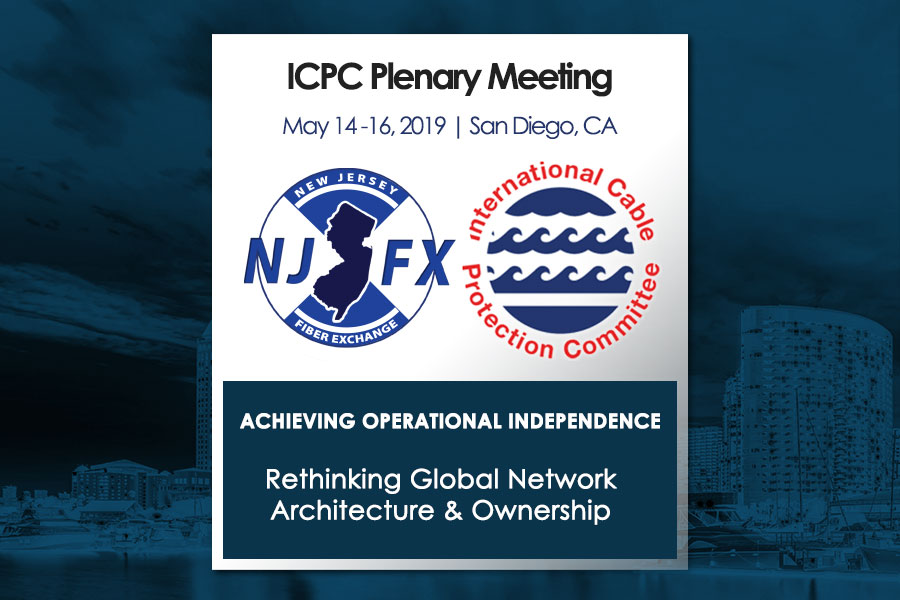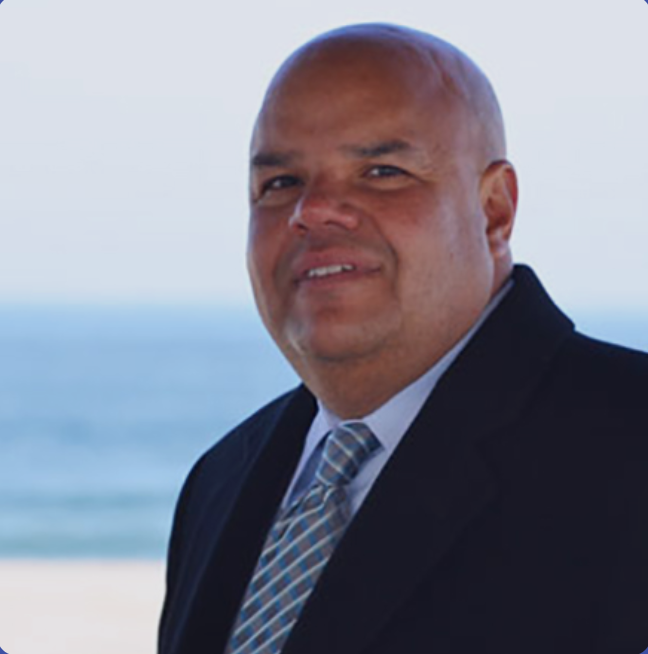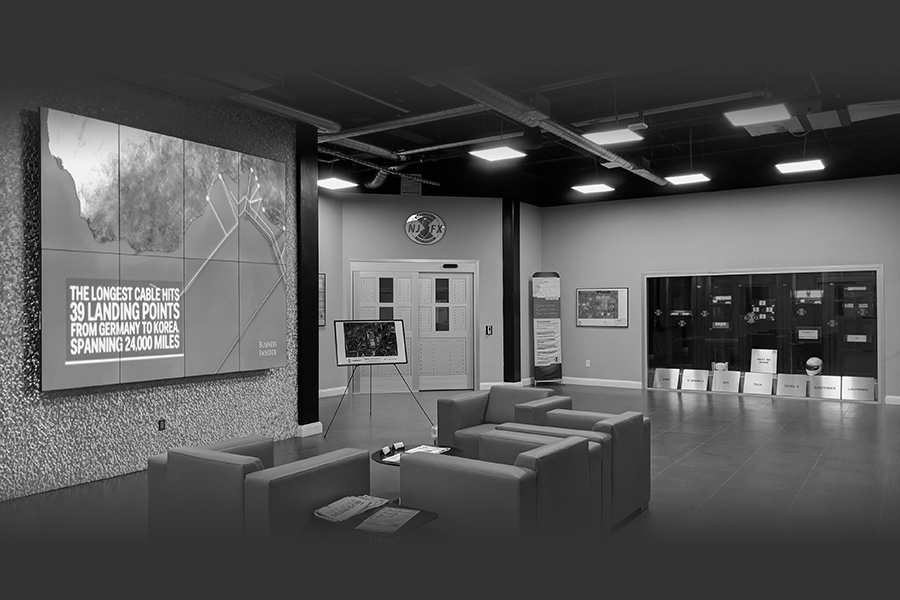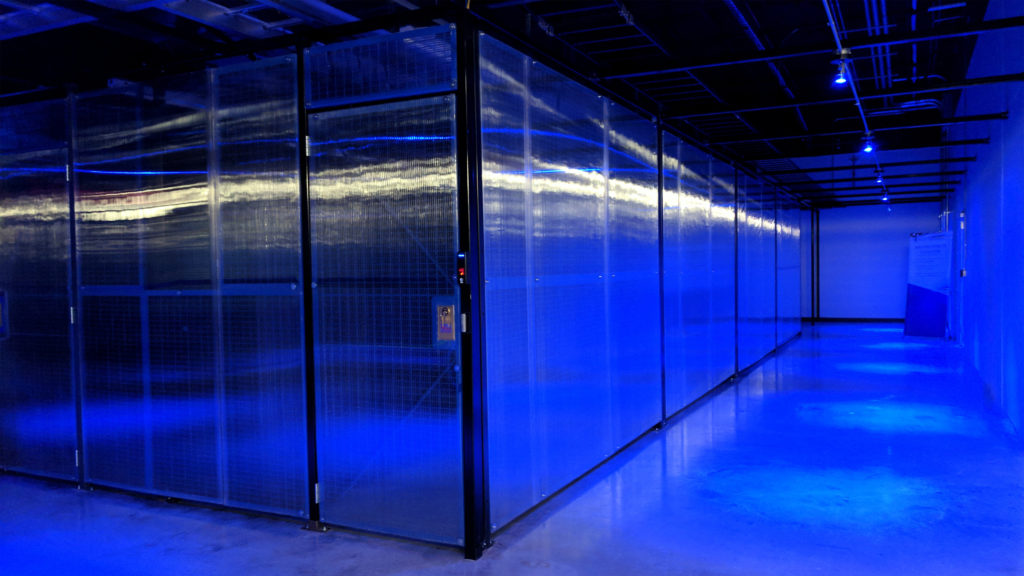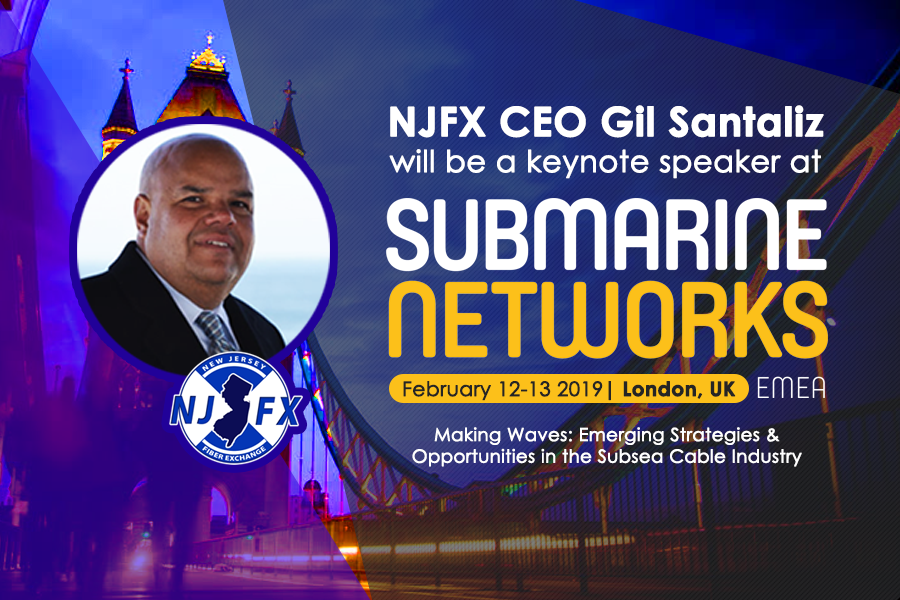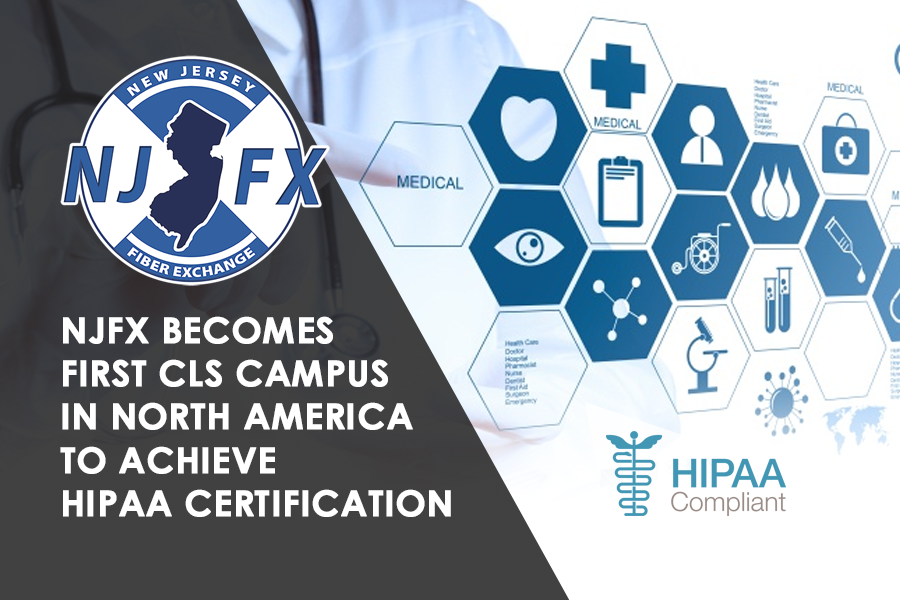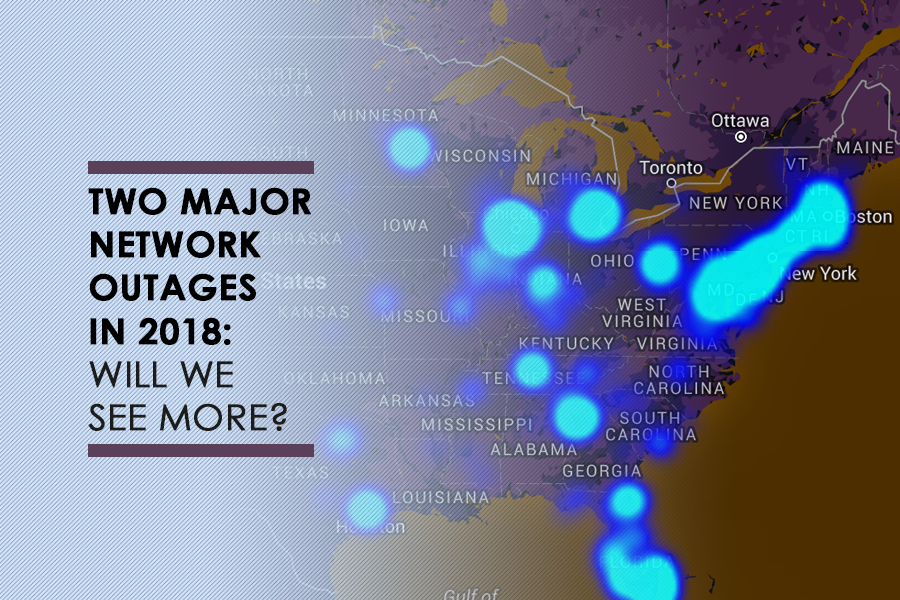Lessons from the Sea: A look at ICPC 2019
Lessons from the Sea: A look at ICPC 2019
May 24, 2019
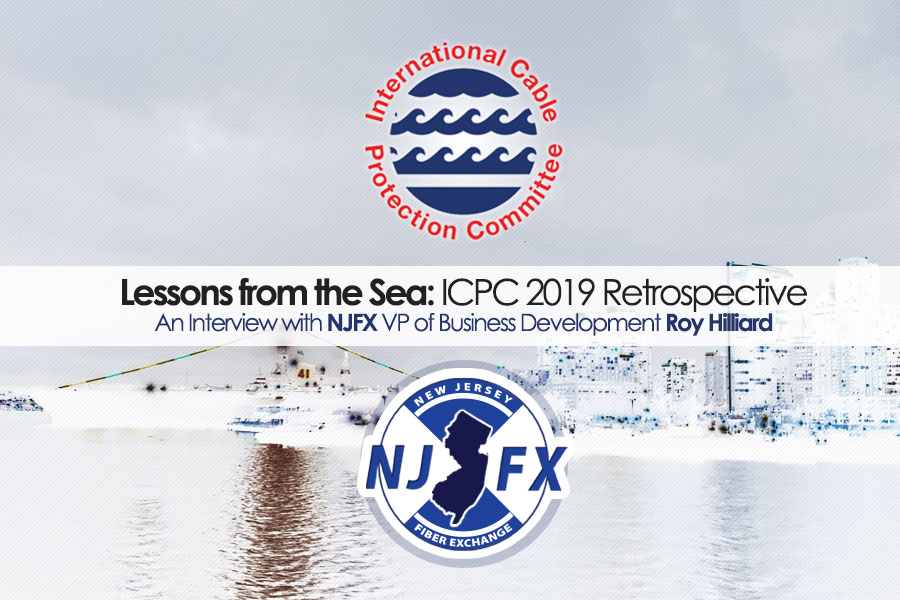
1. Roy, you recently spoke in San Diego at the ICPC Conference – how was your experience?
RH: It was a fantastic event overall. This year’s theme was: ‘Critical Infrastructure Across the Oceans – Protecting Submarine Cables and the Marine Environment’ and it couldn’t have been a better topic or a better time to meet up with industry leaders and experts. Global communications are dependent on subsea infrastructure and in this day and age, it’s becoming more critical than ever to ensure cables are resilient on every front – seabed, cable landing station level and even how they interconnect with terrestrial fiber backhaul networks.
Being my first ICPC, I was amazed to see the many fronts that the organization is involved with to balance business needs, the environment and laws. It is an impressive, extensive docket.
2. What sector is driving for more transparency into all of that?
RH: It is not one sector, but rather all coming together to realize that clear connections are critical. At NJFX, we have talked to a lot of enterprises, financial firms and carriers which are all being pushed to know the physical network pathways and continue to seek ways to ensure operational independence. Widespread outages have dominated the headlines over the past year and when you couple that with weather, government actions, and other events, the outages can affect millions across major corporations and financial institutions. The thought of diversity being delivered by having a couple of providers is just not enough. It is more important than ever to peel back the layers and figure out what is causing these outages and ensure true resiliency.
3. So, what is causing the non-transparency?
RH: The lack of clarity has come from a variety of sources, but mainly through carrier consolidation wherein once diverse solutions are now migrated for synergies or cost savings. In similar fashion the records, knowledge, and options are also lost in the transition or frankly leave with the personnel affected by the service provider mergers.
When you add in mobile expansion and the upcoming addition of 5G networks, the fiber routes will be even more challenged with more splices, additions, cross overs – you name it.
4. What is the best go-to model for firms?
RH: OTTs and content providers have cracked the code by switching the script and building custom infrastructure. This ownership affords the firms consistency, as well as independence. There are no reasons why other large enterprises that are dependent upon applications being available (hint that is everyone) could do the same. Now, some may not launch subsea systems, but all can look towards dark fiber or even clear connections within neutral hubs as a way to gain more control. That said, we do have a firm looking to launch a subsea system which I touched upon in my presentation to the ICPC plenary.
5. What observations did you make from the conference about the state of the subsea industry?
RH: The subsea environment is strong with numerous projects underway around the globe. There is an equally strong move to recycle old infrastructure, which is great to see. Also, there is more and more data that the cables do not adversely affect the sea, especially when compared to pipelines or other similar systems.
What was fascinating to me is the amount of information about the sea that is being developed. We are mapping more portions of the ocean all the time, learning more about geological and biological changes. The industry is becoming more and more an asset to other organizations and certainly an advocate for the sea’s health and well-being.
6. Were there any new announcements made at the conference that you can share? Give us the scoop!
RH: Wind energy. Lots of development on this front and the cables coming to shore face similar issues as the connectivity systems – especially to the U.S. east coast. Although you may view the ocean as vast, there is increasing competition for the sea floor, especially when you consider added protected zones for fishing, conservation, etc.
7. Tell me more about your presentation. What did the audience zero in on the most? What questions were asked?
RH: I presented a case study for a new operating model that evolved from over a dozen high level conversations with large financial firms. I started by sharing feedback on the frustration that is present with current service providers in terms of aiding enterprises to offer always available solutions – the congestion of networks, overlaps, points of failure, etc. I then highlighted a solution that one firm is exploring which would be a coastal system connecting key cities along the east coast. This project evolved from the mid-Atlantic to northeast being especially problematic when it comes to reliability. As an example, the east coast per circuit number often has more problems than interconnections between cities throughout India.
The audience was surprised to hear an enterprise looking to take on such a project. However, looking back folks felt the same about Google and Facebook when they entered the space. What resonated most is the need for enterprises to have the same service levels as the content players. It is certainly reasonable to have the same access to your bank account as you have to your high school friend’s pet update or whatever you are binge watching.
7. Anything else you want to share?
RH: It was a content rich three days for sure. There is a clear focus on balancing sustainability with commercialization. The ICPC is taking leadership roles in education, planning, and governance. I am excited to continue to participate with the organization and look forward to taking part in future meetings.
###
About NJFX:
NJFX is a Tier 3 Carrier Neutral Cable Landing Station campus. Our colocation ecosystem has expanded to over 35 network operators offering flexibility, reliability, and security. Our Wall, NJ location provides direct access to multiple subsea cable systems giving our carriers diverse connectivity solutions and offers direct interconnection without recurring cross-connect fees.
More In the News
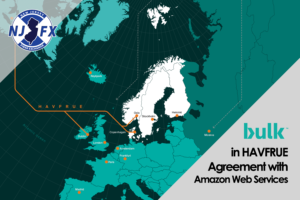
Bulk in HAVFRUE Agreement with Amazon Web Services
Bulk in HAVFRUE Agreement with Amazon Web Services Bulk Infrastructure has signed an agreement with Amazon Web Services (AWS) for the use of Bulk’s ownership

Intercontinental submarine network services
Intercontinental submarine network services Intercontinental network connections do not stop at the beach. Learn how companies like NJFX, Zayo, and Ciena work together to get
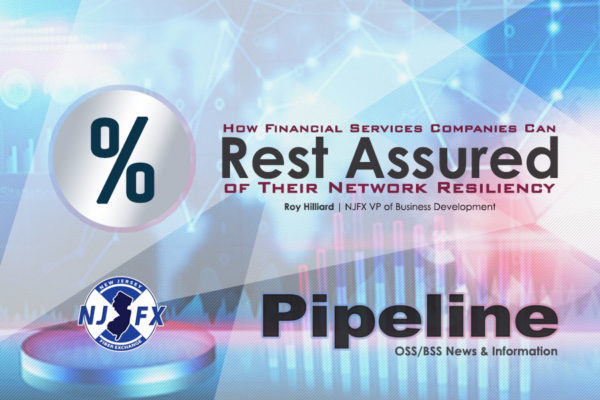
How Financial Services Companies Can Rest Assured of Their Network Resiliency
How Financial Services Companies Can Rest Assured of Their Network Resiliency By Roy Hilliard, NJFX VP of Business Development January 14, 2019 Network downtime isn’t so

Epsilon Activates New Next-Gen Network Route to Europe, Bypassing NYC at the NJFX CLS
Epsilon Activates New Next-Gen Network Route to Europe, Bypassing NYC at the NJFX CLS New Route Strategically Bypasses NYC from Ashburn, Virginia, Where 70% of
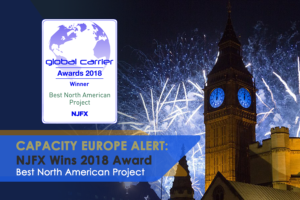
NJFX Wins 2018 Global Carrier Award for “Best North American Project”
NJFX Wins 2018 Global Carrier Award for “Best North American Project” Gil Santaliz CEO October 25, 2018 London – NJFX, the only CLS colocation campus
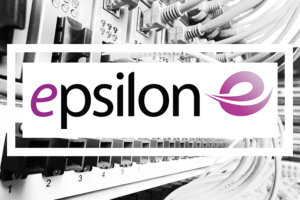
Epsilon using NJFX to allow SDN to bypass New York
Epsilon using NJFX to allow SDN to bypass New York See the original article at Capacity Media. October 22, 2018 Epsilon has extended its software-defined networking
Lessons from the Sea: A look at ICPC 2019 Read More »
